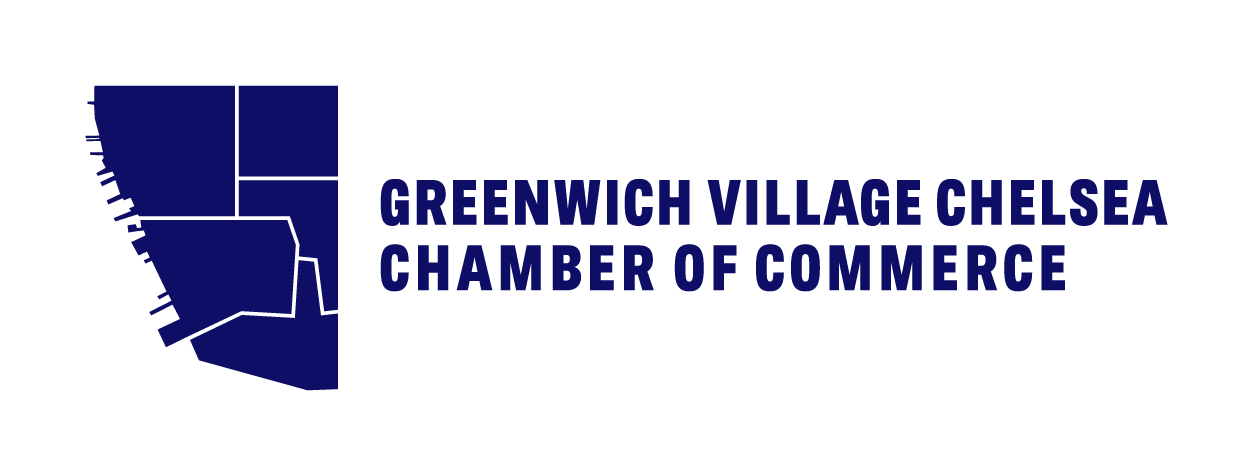BY MARIA DIAZ | Successfully running a small business is not an easy task. It requires skills in the areas of community engagement, marketing, operational and financial management, human resources, and networking — just for starters. However, the possession of this knowledge is not enough. Entrepreneurs, business owners, and those they employ need a favorable business environment for their companies to start, grow, and thrive.
New York City is one of the most challenging environments in the country for small businesses, particularly restaurants. With high taxes, expensive rent, an increasing minimum wage, and new competition around every corner, it is easy to see why.
However, with increased talk from the US Department of Labor (DOL) about eliminating what is known as “tip credit,”the business environment could become all the more challenging for local restaurants and tip-based services.
The tip credit provides businesses a much-needed reprieve. It allows restaurants to pay their tipped workers $8.65 hourly instead of the full $13 minimum wage for employers with 11 or more employees, and $12 minimum wage for employers with 10 or fewer employees. The $4.35 tip credit allows restaurants to staff more workers and provide them with more hours, due to the lower cost of hiring employees. This system has largely worked for tipped employees, as demonstrated by a survey of 486 New York City restaurants by the New York City Hospitality Alliance that found the 14,000 servers employed by these establishments earned an average of $25per hour.
Since the DOL began to discuss tip credit elimination, we at the Greenwich Village-Chelsea Chamber of Commerce (GVCCC) have had the opportunity to speak directly with many of our business owners, managers, and tipped workers. Overwhelmingly, they support the tip credit and worry about the consequences of its removal.
For instance, Taso Hatz, the owner of the restaurant Bus Stop Cafe (597 Hudson St.), told us, “When we raise prices, we’ll lose customers. Everyday customers become weekly or monthly customers.”
Peter Migliorini shared Hatz’s concerns. Migliorini, whose family has owned and operated Piccolo Angolo (621 Hudson St.) for 25 years, told us, “Being a family restaurant, our servers have all been here for a long time, and they know the customers. The regulars know our servers well and they tip them well.” Migliorini said that with increasing menu prices, regulars might be forced to come into their restaurant less frequently, and tip less generously when they do visit. “Lots of mom-and-pops are already going out of business because of increased expenses,” he said, “and this is just adding another hurdle. The city is going to lose a lot of character.”
Beyond management, many tipped workers conveyed to us their support of the tip credit, but did so off-record out of concern for taking a public stance. However, hundreds of tip earners across New York have testified before the DOL to voice support for the continuation of the tip credit. As stated in one tip earner’s petition, which included over 500 signatures by restaurant professionals to protect the tip credit in response to celebrity activism, “We’re servers and bartenders by choice… The industry gives us flexibility, and the current tipping system gives us the opportunity to earn great money with less than full-time hours.”
These small business owners and employees are right to worry about the on sequences of tip credit elimination. Because of this policy, labor costs would increase by roughly 50 percent. This money would likely come out of restaurant profits, threatening the survival of our small business community.This fear is rooted in recent history. In 2015, the Cuomo Administration significantly increased the tipped workers minimum wage. As highlighted by US Census Data for 2016, New York State’s full-service restaurant employment growth dropped from 4 percent to 1.3 percent. This drop was fueled by the high number of restaurants that had to close due to the cost increase, and loss of staff due to curtailed earning potential because of employers’ cost-cutting activities done in response to this cost increase.
Many of the managers we spoke with confirmed that removal of the tip credit would force them to lay off workers and cut hours to stay afloat. This is highlighted by a 2017 study published by the National Bureau o fEconomic Research on the impacts of Seattle’s minimum wage law, which indicated that a $4 increase in the minimum wage has resulted in a 9 percent reduction of low-wage jobs. This translates to a 6 percent decrease in what employers collectively pay workers, amounting to a loss of $125 per worker a month.
This is not to say that the tip credit is perfect. Proponents of removing the tip credit say that tipping results in an increased prevalence of sexual harassment and/or discrimination. Because workers depend on customers for a large portion of their earnings, there is an incentive to keep quiet about negative behaviors and the impacts of that behavior on tipped workers.
However, the elimination of the tip credit will not solve the structural and cultural issue of workplace harassment, discrimination, and sexism. In fact, an analysis of Equal Employment Opportunity Commission data by the Employment Policies Institute showed that there is no significant difference between the rate of sexual harassment charges in states with the tip credit and states without the tip credit.
More importantly, at a time when the #MeToo movement is exposing sexual harassment as ingrained in the culture of various corporations and industries, it’s important to note that many of these industries do not pay based on a tipping model. And yet, sexual harassment is, unfortunately, prevalent in these fields. We need to focus on policies that address this structural and cultural issues, which give rise to harassment, discrimination, and sexism. This is because our goal should be to eliminate them from the workplace altogether, as opposed to making no significant difference towards this goal.
In addition, the New York City Council just set aside $2.5 million for the legal defense of low-income workers who are the victims of wage theft by their employers. This action is not the only step that New York must take to protect its low-wage workers, but it is an important first step to affording low-income workers the ability to earn a fair, living wage while working in service jobs.
Eliminating the tip credit would negatively impact restaurant patrons, workers, and ownership due to increased prices, reduced hours, and lost profits. Maine illustrates that this type of proposal is not supported by the workers whom it would affect, and is not a part of the long-term solution.
Typically, restaurant owners and their servers are not on the same side when it comes to policy issues. When they are, we should all take notice. The consensus against eliminating the tip credit is just such a noteworthy moment. The collective objection to this proposal is not due to disagreement with its underlying goals. On the contrary, this proposal’s goals are well-intentioned. However, its execution is flawed — and thus, the proposal will only hurt those workers whom it purports to help. That is why the GVCCC stands with our local restaurant workers and owners to oppose the elimination of the tip credit in New York.
Maria Diaz is Executive Director of The Greenwich Village-ChelseaChamber of Commerce. For info, call 646-470-1773 or visitvillagechelsea.com. Twitter: @GVCCHAMBER. OnFacebook: facebook.com/GVCCHAMBER.
http://chelseanow.com/2018/08/eliminating-the-tip-credit-will-burden-small-businesses/?utm_source=CN+08%2F09%2F2018&utm_campaign=CN+08%2F09%2F2018&utm_medium=email

